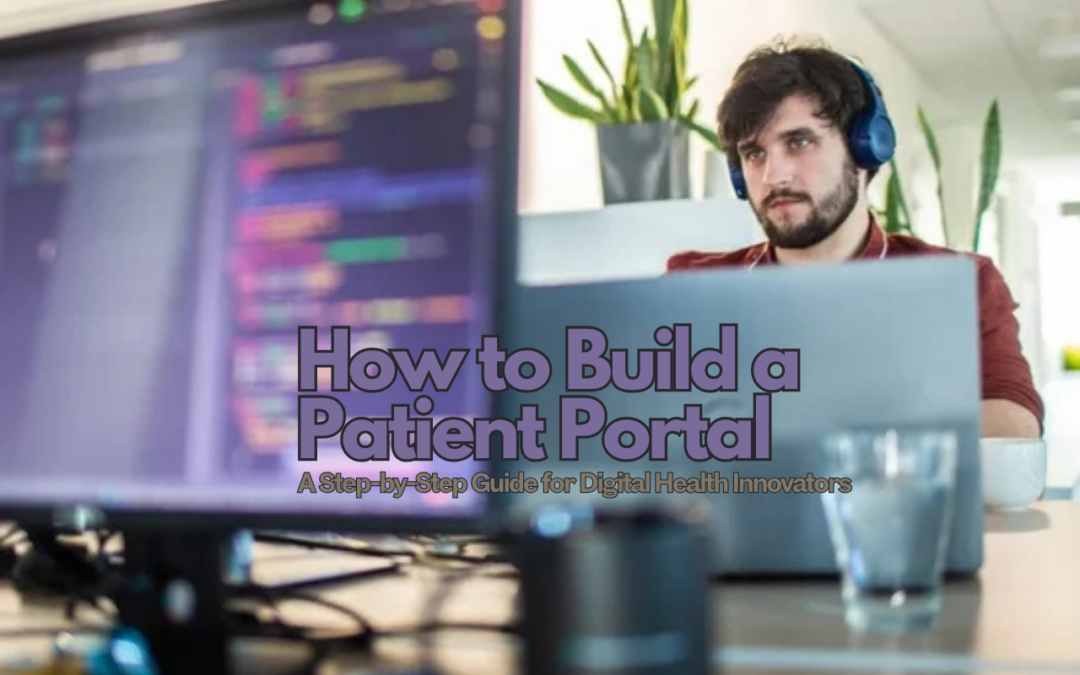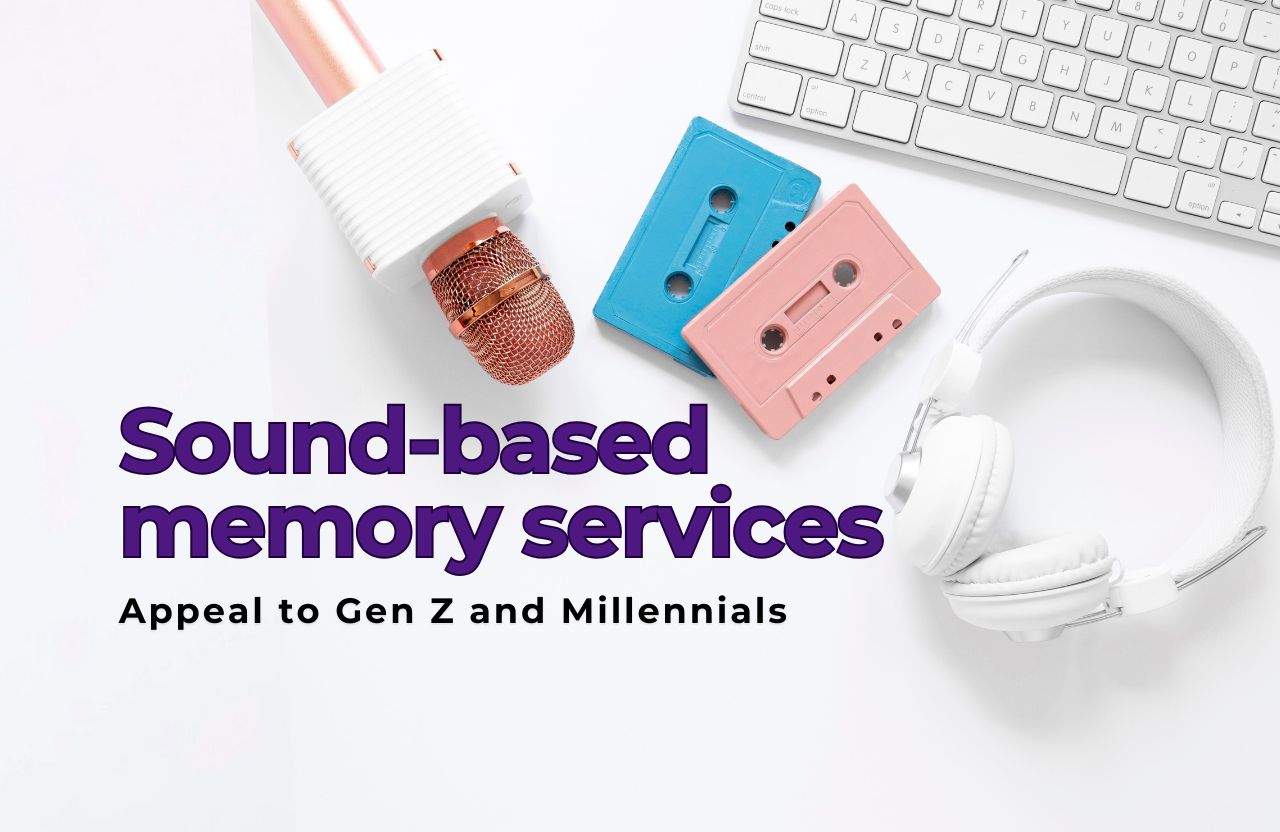In the modern world, the importance of patient portal cannot be overstated. They connect patients with their healthcare providers — no matter where they are.
Think of them as digital personal assistants that are available around the clock. They can handle billing questions, help you look up past doctor visits, and nudge you to schedule that checkup you’ve been postponing.
Building this kind of platform isn’t just about having the latest tech skills in patient portal development. While those skills are important, it’s equally crucial to understand what both patients and healthcare providers need and how they think.
Let’s jump into the process of creating a patient portal step by step.
Step 1: Craft a Simple Plan
Think of this plan as your guide, outlining:
- how your portal will operate as a business
- what big-picture goals you’ll aim for
- what returns do you expect on your investments
It’s important to make sure these goals match with what your portal will actually do.
Start by diving deep into research about your users. Who will be using this portal? What problems do they face, and what do they expect it to do for them? Understanding this will help you design features and a look that fits their needs.
Then, decide which tasks to tackle first. Identify which features are must-haves and which can wait. This will allow you to better manage your time and resources. Remember, you can’t build everything at once.
Finally, get clear on the budget. Creating a patient portal is a big project, and it’s essential to know the overall costs, from the initial design and development to ongoing maintenance and updates.
How to Grasp What Users Need
Not every user wants the same thing from a portal, right? It’s key to recognize this diversity. Patients often look for simple, user-friendly interfaces, while healthcare providers may focus more on secure data and easy access.
One great way to understand these diverse needs is by conducting surveys or interviews. Every interaction a potential user has can point to a specific requirement.
For example, a busy parent might appreciate straightforward appointment scheduling, while a senior citizen might need easy-to-follow instructions for messaging a doctor.
All these insights will help you build a list of features that meet various needs.
How to Align User Needs With Business Goals
While it’s tempting to customize everything, practical limits must guide your choices. Security, compliance, and tech expenses are critical factors organizations can’t ignore.
Here’s where creating prototypes becomes essential. By developing basic models of the portal, digital health innovators can identify constraints without putting too much on the line. It allows for tweaks based on feedback before the actual version goes live.
Step 2: Dive into Design and Prototyping
This is the phase where your ideas begin to take shape.
Start by creating user stories and flowcharts that outline what users want to achieve with your portal and how they’ll navigate it. These serve as the foundation for your initial design sketches and detailed mockups.
However, static designs don’t fully capture the experience users will have. That’s why turning these mockups into an interactive, clickable prototype is crucial. This allows you to test the portal with actual users and collect essential feedback to fine-tune your design.
Making Accessibility a Priority
Building accessibility from the start is important.
Features like high color contrast can make reading easier, especially in bright light, and audio options can aid users with visual impairments. These features are particularly crucial in emergencies, when swift access to critical information, like ambulance directions, is needed.
Begin testing as soon as possible and do it frequently. Engaging with diverse groups of users will help you uncover any issues you might miss otherwise, ensuring that designs are driven by real needs instead of assumptions.
Step 3: Ensure Seamless Integration and Compliance
Your patient portal should smoothly integrate with existing digital health tech systems like EHR (Electronic Health Records), CRM (Customer Relationship Management), and CMS (Content Management Systems).
- EHR integration: Ensure your portal can pull in and update information from electronic health records. This allows for real-time updates and easy access to medical histories.
- CRM integration: Connecting with a CRM helps you better manage patient needs, appointments, feedback, and interactions.
- Compliance with regulations: Your portal must comply with healthcare regulations like HIPAA in the U.S. or GDPR in Europe. This is vital for protecting patient information and fostering trust with users.
- CMS integration: A content management system makes it easy to keep educational resources, news, and health tips up-to-date for your patients.
Using the Cloud Services and Localization
Incorporating cloud services into your patient portal allows patients to securely access health data anytime and anywhere. This convenience can boost patient engagement by allowing them to check health records, book appointments, request prescription refills, and communicate with their healthcare providers.
Still, protecting data and privacy should be a top priority. Choose cloud providers that offer solid security features, like data encryption and two-factor authentication.
Localization involves tailoring your portal to be accessible and friendly to a diverse patient population. This means offering support for multiple languages and cultures while considering local laws and healthcare standards.
For instance, you may need to add translation features or include different units of measurement.
Step 4: Release and Test the Software
This is a critical stage where any overlooked bugs or system flaws get identified, resolved, and refined. Below are the four key steps you need to prioritize.
1. Functional Testing
Ensure that every feature of your patient portal operates as intended. Confirm that the software integrates correctly with your existing systems like EHR, CRM, and CMS, and check that all user roles function as planned.
2. Performance Testing
Stress test your portal to evaluate how it performs under heavy load. It will help you understand the portal’s capacity and identify any weak spots that may negatively impact user experience.
3. Usability Testing
This step involves getting feedback from real users. It’s crucial to understand how intuitive and user-friendly your portal is. If users struggle to navigate or perform basic tasks, you need to make adjustments.
4. Security Testing
Given the sensitive nature of healthcare data, security is paramount. Ensure your portal complies with all relevant regulations like HIPAA and ensure all data transmissions are encrypted.
Final Step: Keep the Patient Portal Running Smoothly and Measure Success
Once your patient portal is up and running, it’s crucial to maintain it and measure its performance regularly.
Regular updates are crucial, not just for rolling out new features but also for keeping the software secure and compatible with the latest operating systems.
Maintenance goes beyond just fixing problems — it’s about enhancing the portal based on what users say and how they use it. Stay proactive by looking for bugs and vulnerabilities, and pay attention to how people are interacting with the portal.
Measuring performance is also essential for the ongoing success of your portal. Use analytics tools to track how often it’s used and how engaged users are, and pay close attention to their feedback to spot areas that need improvement.
These insights will help you fine-tune the portal’s features and make it easier to use, improving the experience for patients and ensuring that it continues to meet their needs.













